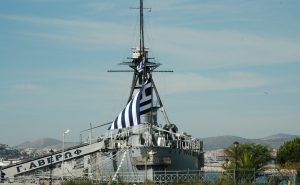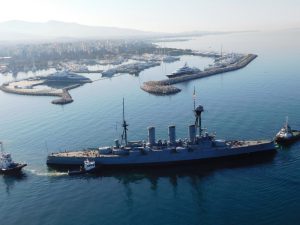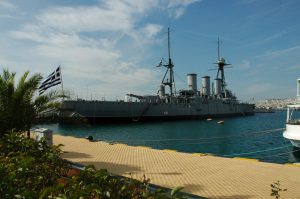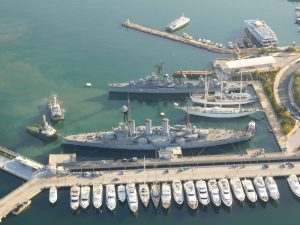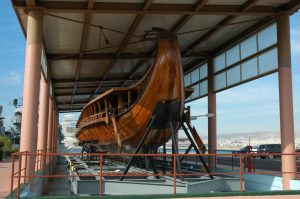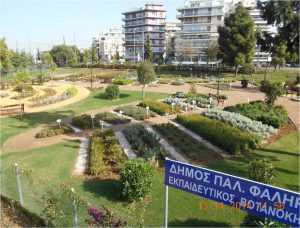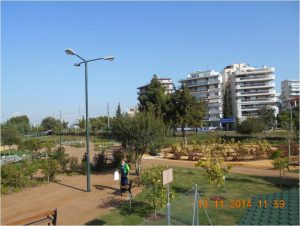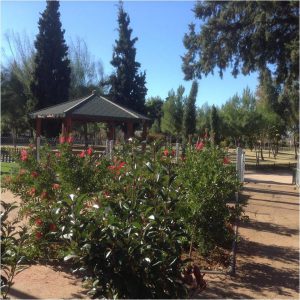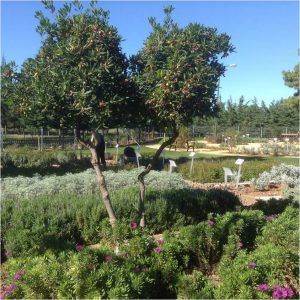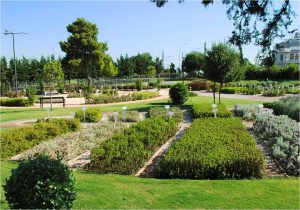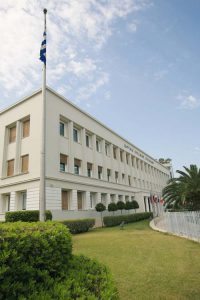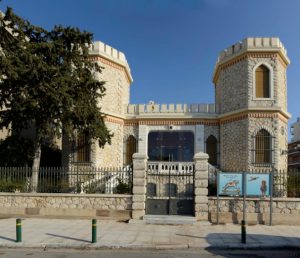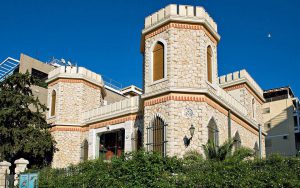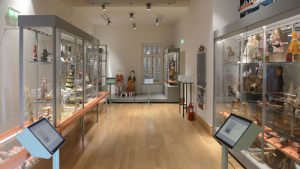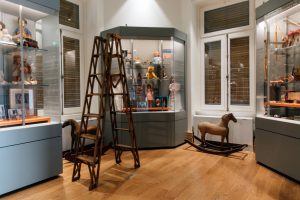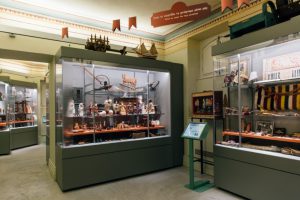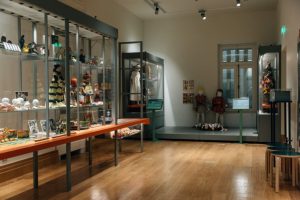Sightseeing
CULTURAL CENTER “FLISVOS” The historic scheduled building of Flisvos became property of the Palaio Faliro Municipality in September 2005, following a decision of the State Council. Specifically, the State Council/Dept E’, with the decision no 2096/2005, rejected an appeal from an individual in the restaurant business who requested the dismissal of the decision, taken by the Municipality Board, for the expropriation of this historic building. As a result the expropriation was legalized. It is worth mentioning that the relative decision points out that “Flisvos is a symbol and landmark for Palaio Faliro and is characterized as a monument belonging to the area’s historic and cultural heritage” Since then the building has become the focal point for the city’s social and cultural life and has accommodated a variety of cultural, entertaining and educational activities. Because of its position, there are many requests from artists, scientists, groups and clubs to use Flisvos in order to present their work to the public. This is a small photographic tour of Flisvos Here is a small photo tour Entrance Ground Floor Ladder to the top floor The upper floor Balcony From the balcony to the playground Flisvos – beach view Seafront view from Flisvos The armored cruiser “Georgios Averof” (G. Averof) is a historic ship of modern Greece. Although it is referred to as a battleship, it is a shielded cruiser, class PIZA (a copy of the Italian armored cruiser “Pisa” built in 1907 on the basis of a design by the shipyard Joseph Orlando) built at the Orlando yards in Livorno, in the period 1908-1911, and joined the then Royal Hellenic Navy. The ship took part in the 1st Balkan War as the flagship of the Fleet, under Rear Admiral Pavlos Kountouriotis. The commander of the ship was Captain Sophocles Dousmanis. Averof participated in the liberation operations of the Eastern Aegean islands and played a key role in the battles of Elli (December 3, 1912) and Lemnos (January 5, 1913) against the Ottoman Empire when, using its superior speed, the bulk of his range of firearms, was detached from the rest of the Greek fleet, and taking autonomous action threw the enemy fleet into flight by pursuing him. Kountourioti’s tactics gave the victory and the undisputed control of the Aegean to Greece, the ship and the admiral became living myths. In 1984, the Navy decided to turn it into a floating museum (Marine Naval Battle Museum “George Averof”) and transferred it to Faliro. He has been there since and honors with his presence the Greek Navy and the naval heritage of Greece. The trireme was an ancient warship with three (3) rows of rowers, which, fully manned, could sail at an unprecedented speed for the era’s standards. Its origins come from Corinth. It is a development of the two-sided, which already dominated the Mediterranean Sea, with particular use by the ancient Greeks, the Phoenicians and, later, the Romans and origin, probably Phoenician. The trireme took its name from the three rows of owls, with a paddler per oar as it began to be constructed, a feature that applied universally to the fleets of the Archaic, Classical and Hellenistic period. The use of the trireme, soon, was extended to naval forces of the Mediterranean beyond the Greek, but they also adopted variants with triplets, ie two decks and two (2) rowers per paddle on the upper deck, as well as , with a deck and three (3) rowers per paddle. As a vessel, it was fast and flexible, making it the predominant type of warship in the Mediterranean from the 7th to the 4th century BC, after which it was largely replaced (mainly as a predominant warrior) by the quadruple and the five- . The triremes played a vital role during the Persian Wars, culminating in the Battle of Salamis, the creation of the Athenian Hegemony, and the Peloponnesian War. The term “trireme” was sometimes used during the Middle Ages and the Renaissance, to describe galleys with three rows of rowers per side. The Municipal Botanical Garden occupies an area of 3.140 sq.m., it is located within the Flisvos Park and besides being a green oasis for residents and citizens of the city, it already functions as a reception center and a showroom for the schools and students who visit it and are guided through predetermined paths in thematic plant sections. The plants grown (60 species, 4,240 plant roots) carry informative signs that contain information about their identity and usefulness, making the visitor aware of environmental and ecological issues. The spatial configuration of the space was a complex task, as the planting of the Botanical garden had to combine the different types of plants with their particular climatic conditions. Τhe Eugenides Foundation was established in 1956 as a non-profit-making legal entity in private law. Its purpose was to implement the wishes expressed in the last testament of the late Eugenios Eugenides, a benefactor of the Greek nation. Registered and based in Athens, its founding charter states that its objective is to contribute to the education of young Greeks in science and technology. The Foundation is administered by a board of three members, one of whom is always the serving Chancellor of the National Technical University of Athens. In recognition of its multi-faceted contribution to Greek society the Foundation was awarded the Gold Medal of the Athens Academy in December 1965 (source, the foundation’s official website). Mission The Air History Service collaborates with the Hellenic Commission of Military History (HCMH) and the International Commission of Military History (ICMH), taking part in the organization and attendance of congresses and other activities. Contact Info Address: 1 Moraitini, P. FaliroCultural Center "FLISVOS"
POSEIDONOS AVE., tel. 210-9813274
at the Cultural Center “FLISVOS”
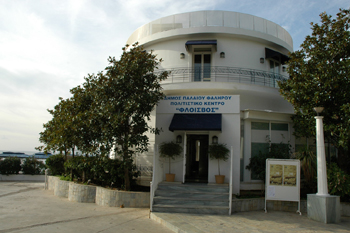














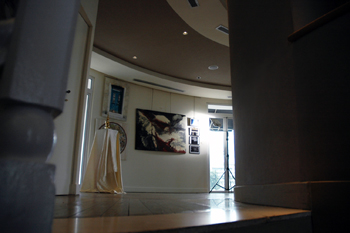




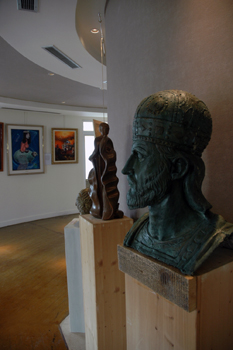

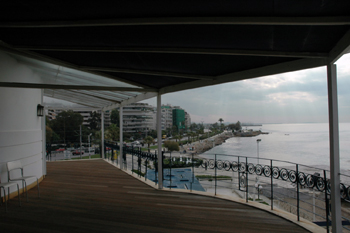
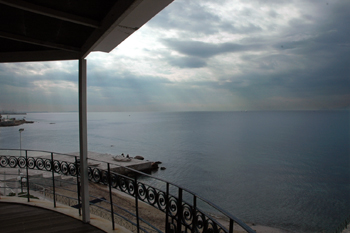
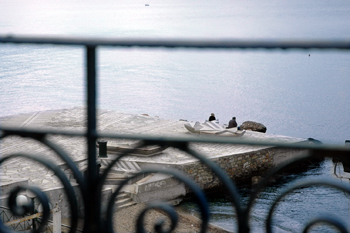

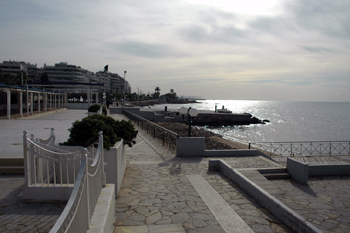
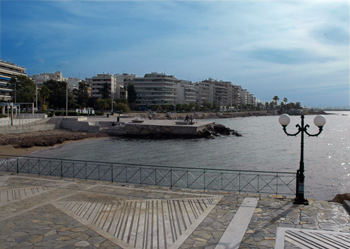
Averof
Trireme
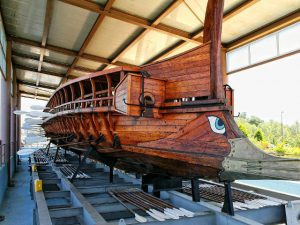
Botanical Garden
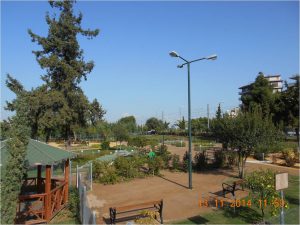
Eugenides Foundation
Toy Museum Benaki
Hellenic Air Force Air History Service
Tel: +30-2109411000
Fax: +30-2109423030
Website: https://www.haf.gr/en/
